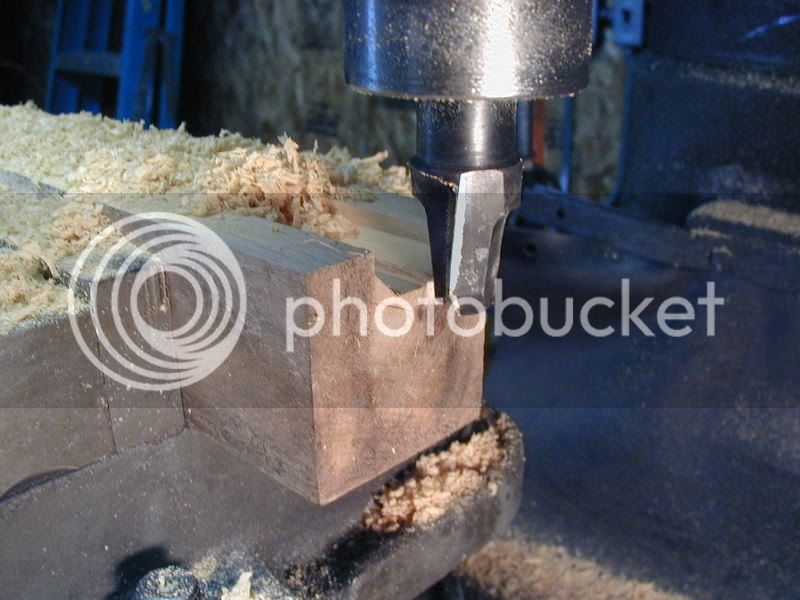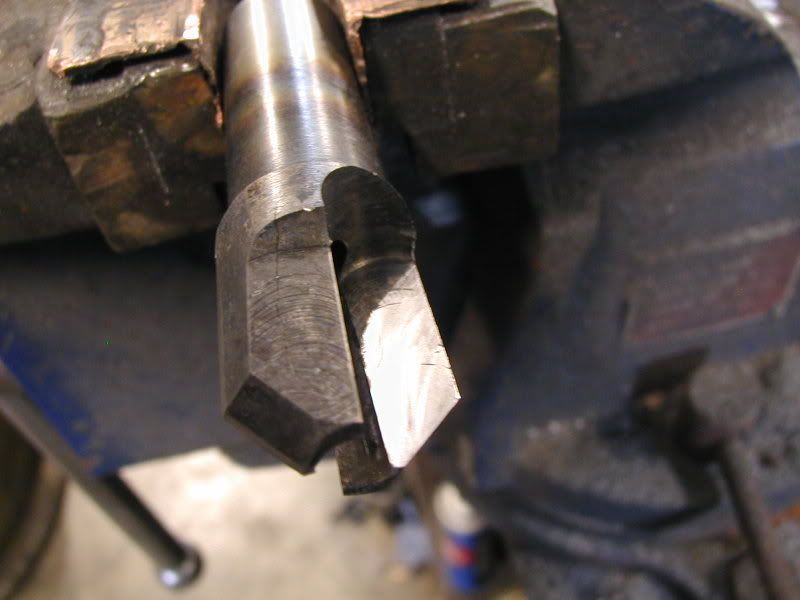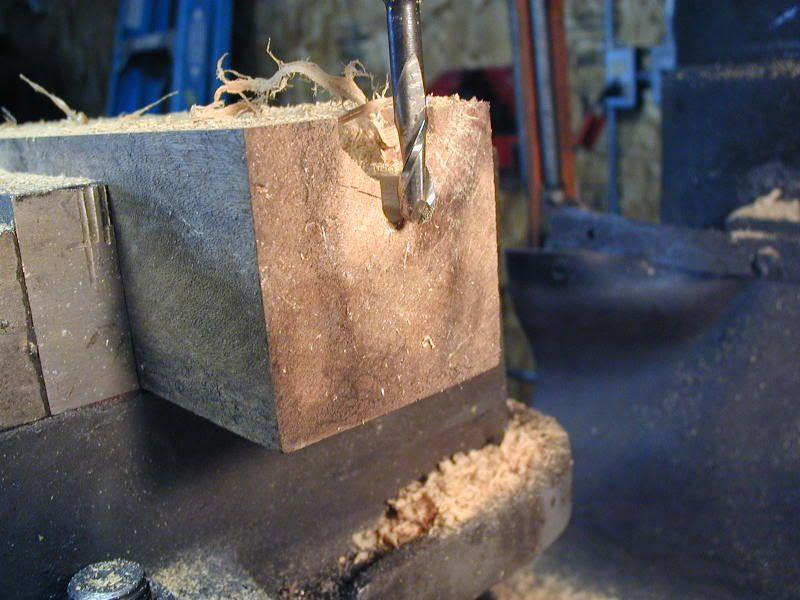Check Mike Brooks tutorial here, and then invest in some of the films available on how to build rifles. If you have access to a table saw, us it to cut the straight sides, including the two side flats, and then cut all the way down to where the bottom flat is going to be located. With that much wood removed, you can often remove much of the rest so that a router bit, in your mill, or in a handle held router, with a guide clamp on it, only has to cut the two angled flats on the bottom of the octagon barrel. If you do the long cuts on a table saw, you can clamp your stock blank in the mill vise at a couple of locations and still set it up so you will cut an even flat on the bottom three flats of the barrel. The curve of the pistol grip or wrist of the stock may not let you get all the way back to where the breech of the barrel will be inletted into the stock, on your mill, so you may just have to set up a router to do this work, or otherwise do it with chisels, by hand. Don't hesitate to talk to your local woodshops. They will often help you with your small projects while you wait. All kind of " deals " are struck with the guys who work in these shops. The same with local machine shops. I have yet to meet someone working in a machine shop who is not interested in guns.








